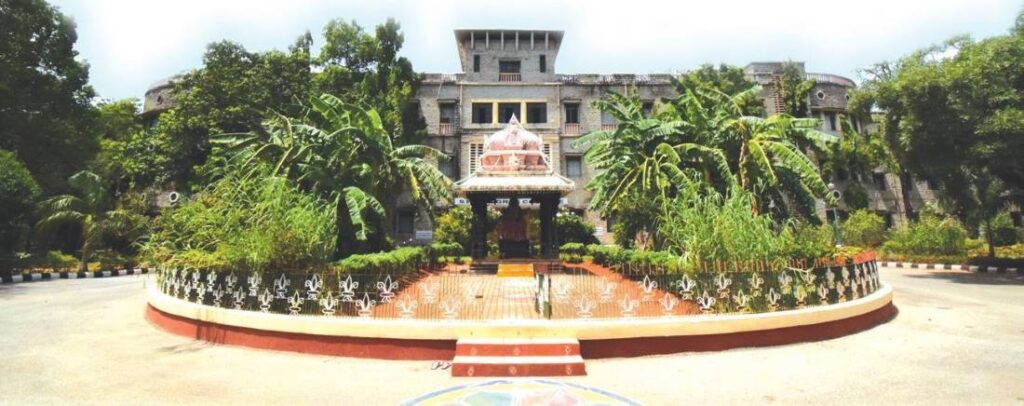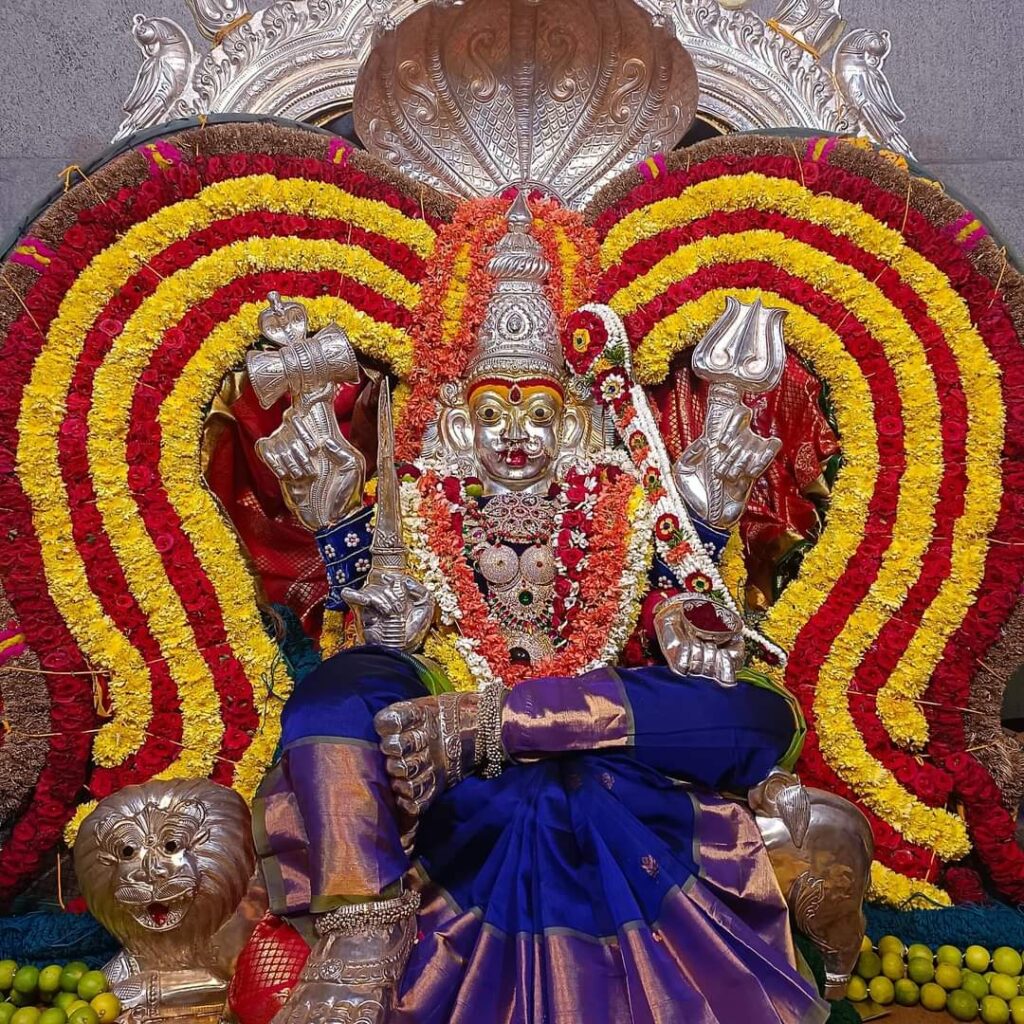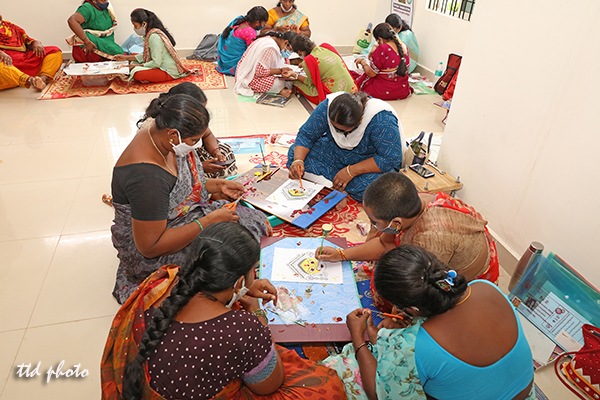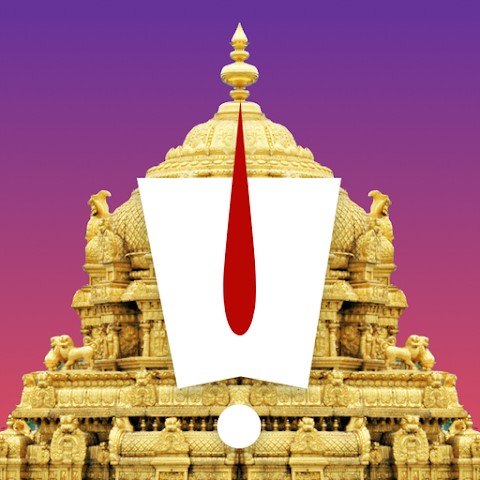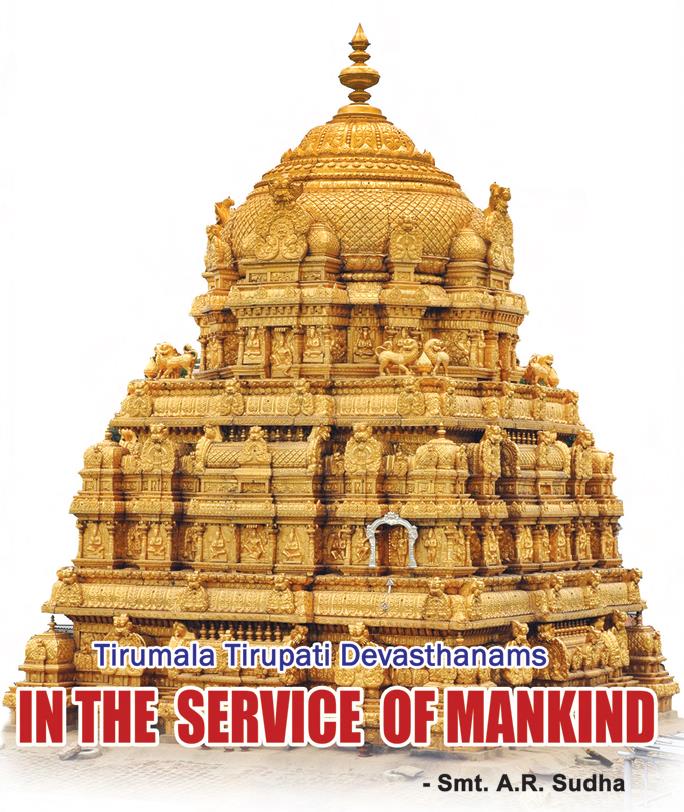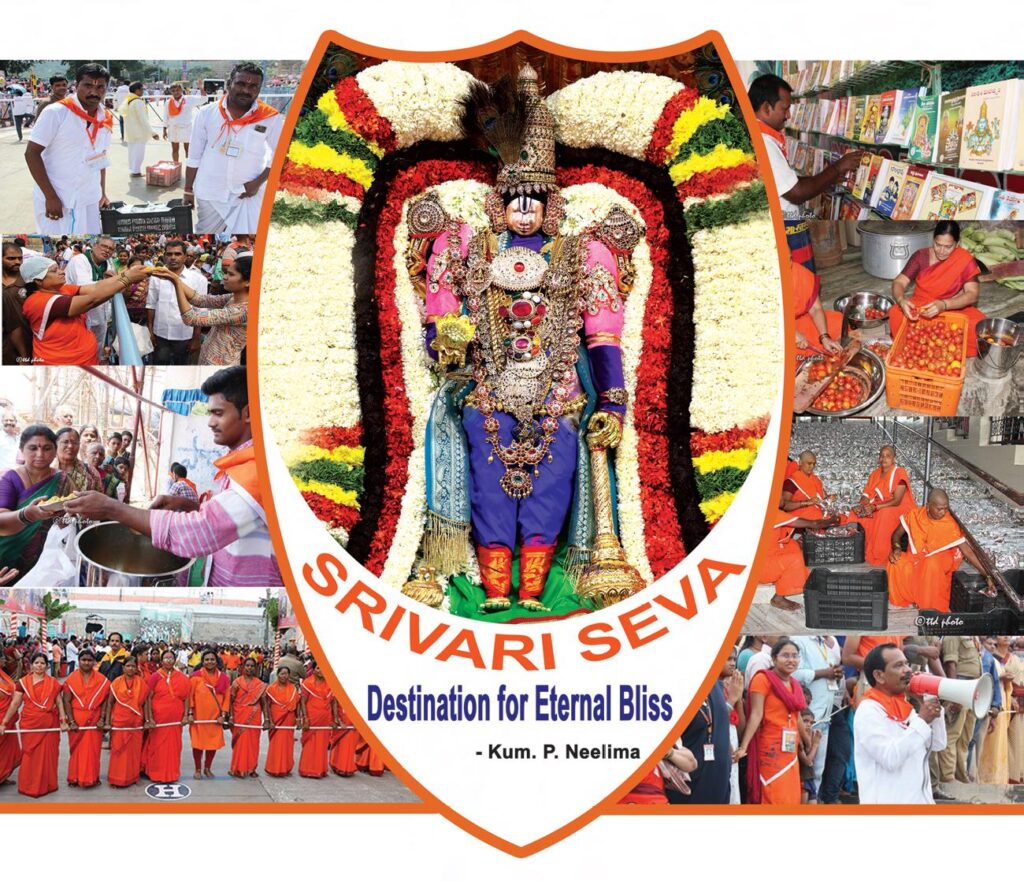Padmavathi Women’s Degree & PG College There is no difference between a school and a temple. Both places are symbols of knowledge and devotion. TTD’s Sri Padmavathi Women’s Degree & PG College is a direct manifestation of practical wisdom and spiritual knowledge as its existence expresses the values of a school and a temple put Read More
Tag: TTD
TTD has dedicated itself to serving pilgrims who visit Tirumala and Tirupati. It provides facilities to make their pilgrimage a unique and rewarding spiritual experience. It also works towards preserving the serenity and sanctity of the sacred Tirumala-Tirupati area.
Sri Maremma Thalli, Chenga Reddy Palli
Sri Maremma Thalli – Chenga Reddy Palli Chenga Reddy Palli is a very ancient village in Renigunta Mandalam of Chittoor District in Rayalaseema. One kilometre from Renigunta on the road to Kadapa, to the east of the road is the village. Sri Maremma in this village is a goddess of infinite powers, fulfilling the prayers Read More
Glory of Tirupati Gangamma Jatara
Tirupati Gangamma Jatara The “Tathaiyagunta Gangamma Jatara” is one of the festivals celebrated in the mythologically significant, historically popular city of Tirupati, A.P. The main reason for the popularity of this jatara is that Gangamma is believed to be the younger sister of Tirumala Venkateswara Swamy. During the days of jatara organized by the authorities Read More
Nityannadanam by TTD
Nityannadanam by TTD In 2006, the then Chairman of the T.T.D. Trust Board provided the facility of offering Srivari ‘annaprasadam’ to all the devotees who came to Tirumala irrespective of the ‘Darshan’ of Srivaru. Later, the TTD started a new building complex for ‘Nityannadanam’. At that time, Matrusri Tharigonda Vengamamba, a devout devotee generously used Read More
Dry Flower Technology by TTD
Dry Flower Technology The optimum utility of flowers and garlands used in Tirumala Tirupati Devasthanams -run temples to make divine portraits besides household materials like paperweights, key chains, table calendars, pendants etc. using the traditional Dry Flower Technology method, has been a major hit with devotees. Namami Govinda Products (Using Dry Flower Technology) – Key Read More
TTDevasthanams – The New Mobile App
TTDevasthanams TTD inaugurated a new Mobile app TTDevasthanams for the convenience of devotees. Most of the pilgrims do not know where to stay in Tirumala or how to buy tickets for Srivari ‘darshan.’ Many incidents emphasized the fact that many innocent pilgrims were cheated by the mediators in many ways in Tirumala. For such devotees, Read More
Tirumala Tirupati Devasthanams (TTD) – Schemes and Trusts
Tirumala Tirupati Devasthanams (TTD) – Schemes and Trusts Philanthropy is one of the major sources of revenue that drives the Tirumala Tirupati Devasthanams (TTD) in its endeavor to benefit society. More than the money involved, it is the offerings made by the devotees, right from a normal person to a multi-millionaire, in fulfillment of their Read More
SriVari Seva – Tirumala Tirupati Devasthanams (TTD)
SriVari Seva Services Intending to offer better services to the pilgrims who come from far-flung parts of the country and across the globe to Tirumala for darshan of Sri Venkateswara Swamy, Tirumala Tirupati Devasthanams(TTD) has launched “Srivari Seva” voluntary service in the year 2000. The services of Srivari Sevakulu are being utilized in over five Read More
